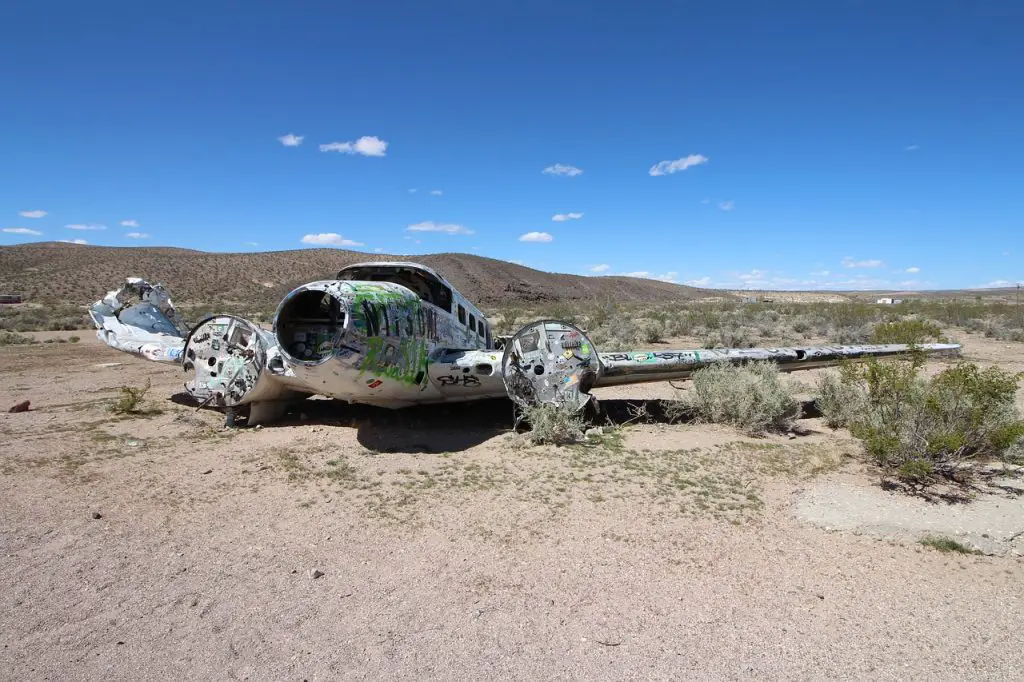After the first aircraft crash, there was confusion regarding legal responsibility since the concept of flying machines was entirely new.
The incident occurred on September 17, 1908, during a modified Wright Brothers aircraft demonstration at Fort Myer, Virginia. The crash resulted in serious injuries to pilot Orville Wright and the tragic death of U.S. Army Lt. Thomas E. Selfridge, who was serving as the observer.
Selfridge’s deep knowledge of aviation, acquired through his work with Alexander Graham Bel, made his death especially impactful. He played a key role in experimental aircraft, becoming the first Army officer to pilot a powered aircraft solo. This plane, named the White Wing, was developed by the Aerial Experiment Association, led by Bell himself.
Because of the serious accident at Fort Myers, the War Department decided to delay the delivery of the Wright Brothers’ aircraft until the next summer. This delay highlighted the uncertainty surrounding the legal and technical aspects of aviation accidents.
The FAA, or Federal Aviation Administration, traces its origins back to the early days of aviation. This is when industry leaders recognized the need for federal intervention to ensure the safety and efficiency of air travel.

In 1926, the Air Commerce Act became law to address worries about aviation safety and growth. This important law gave the Secretary of Commerce several tasks to help aviation thrive and keep it safe. These tasks included making and enforcing air traffic rules, giving out pilot licenses, certifying airplanes, setting up air routes, and keeping navigation working properly.
The creation of a new Aeronautics Branch within the Department of Commerce marked a significant step towards centralized aviation oversight, with William P. MacCracken, Jr. appointed as its inaugural director.
Then, the Department of Commerce recognized the growing significance of aviation. Its collaboration with airlines further highlighted The bureau’s efforts to establish the first air traffic control centers in Newark, Cleveland, and Chicago. These centers played a crucial role in managing en route air traffic, albeit using rudimentary methods such as maps, blackboards, and telephone communications.
Despite these advancements, the early years of aviation safety were marred by tragic accidents that raised questions about the effectiveness of federal oversight. The crash in 1931 that claimed the life of renowned football coach Knute Rockne, along with a subsequent accident in 1935 that resulted in the death of U.S. Senator Bronson Cutting, highlighted the need for greater federal intervention in aviation safety.
In response to these incidents, the Department of Commerce intensified its efforts to improve aviation safety while also assuming responsibility for en route air traffic control. Despite the challenges and setbacks, these early developments laid the groundwork for the establishment of the FAA as the primary regulatory authority for civil aviation in the United States.
Avid Writer with invaluable knowledge of Humanity!
Upcoming historian with over 30 million views online.
“You make your own life.”





